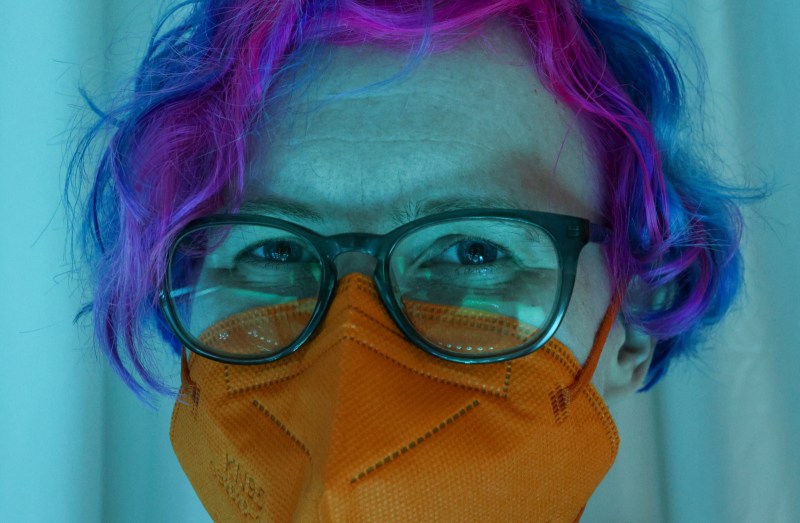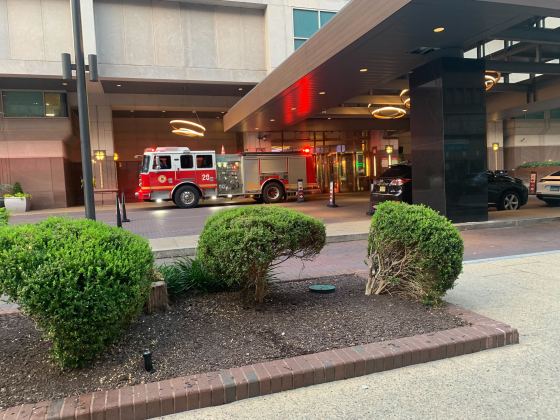“We’re a bunch of ladies who are really tired of being left out,” said journalist Angilee Shah, founding member and board chair of Women Do News (WDN). WDN is an initiative aiming to increase the Wikipedia entries of journalists who are women, non-binary, trans – anyone who is not one of the many cis-men making up the majority of biographical entries on Wikipedia.
Origins
The effort to correct the balance started in 2019, through a cohort at the women’s leadership organization Take The Lead. “We were challenged as a cohort to say, ‘What’s something we can do together to move women forward in our industry?’” Shah recalled.
One of her peers, Katherine Rowlands, suggested hosting a Wikipedia edit-a-thon to add women journalists to the site. “It’s pretty shocking how many women are left off of the record of the media of media history,” Shah said. “Women who’ve won Pulitzers, women who have been publishers of major, major organizations.”
A high bar
In addition to the lack of representation, a number of existing entries on Wikipedia get targeted by people challenging the validity of the entry. If a Wikipedia user doesn’t think a subject is significant enough to justify having a page on the site, they can request it get taken down.
40% of all Wikipedia articles removed are those about women. “For [us], the bar is [so high.] You had to have really done something. You had to have been credited for doing something pretty damn huge,” she commented. “The male journalists… they don’t get challenged as much.”
Disparity
How great is the disparity, exactly? “There are no statistics on women in journalism because there aren’t enough of us on Wikipedia to warrant something for them to track,” says WDN’s Molly Stark Dean. While the numbers don’t exist specifically for women in journalism, other research suggests gender gaps across the platform are stark in terms of both contributors and entries. Wikipedia is aware of this issue, but WDN wants to push harder for a fix.
According to Humaniki, a project that produces gender data on Wikipedia, of the 1,955,170 biographies, only 383,838 are about women as of August 2023. That’s 19% and the ratio hasn’t changed much over the years.
Capacity of the platform
Wikipedia’s power is often overlooked, sometimes because users know that almost anyone can edit content on the site. In a Google search Wikipedia is prioritized, bringing up a summary of the topic for the user. The search engine even puts the online encyclopedia above The New York Times.
Young journalists, particularly those in marginalized groups, need trusted search results in order to build visibility and credibility. WDN’s website states that “[underrepresentation of women journalists] leads to issues related to safety, credibility, recognition, and income.”
Shah acknowledges that while increased visibility can come with its own complications, the recognition is critical. “Visibility is a double edged sword for a lot of people –– but for us, you know, we have heard from people directly how helpful it is that now when you search their name, [their summarized profile, complete with a headshot,] comes up.”
Just the beginning
WDN has received wonderful support the past few years, but there’s a lot of work to be done. At one point, “we got way too many nominations that [the original nomination form] could not handle it,” Shah explained. “This is why we raised a little bit of money — we had to build that stuff out.”
Often, the volunteers writing entries haven’t met or even heard of the journalists they are writing about. Shah put it simply: “We just enjoy supporting each other and supporting random women.”






